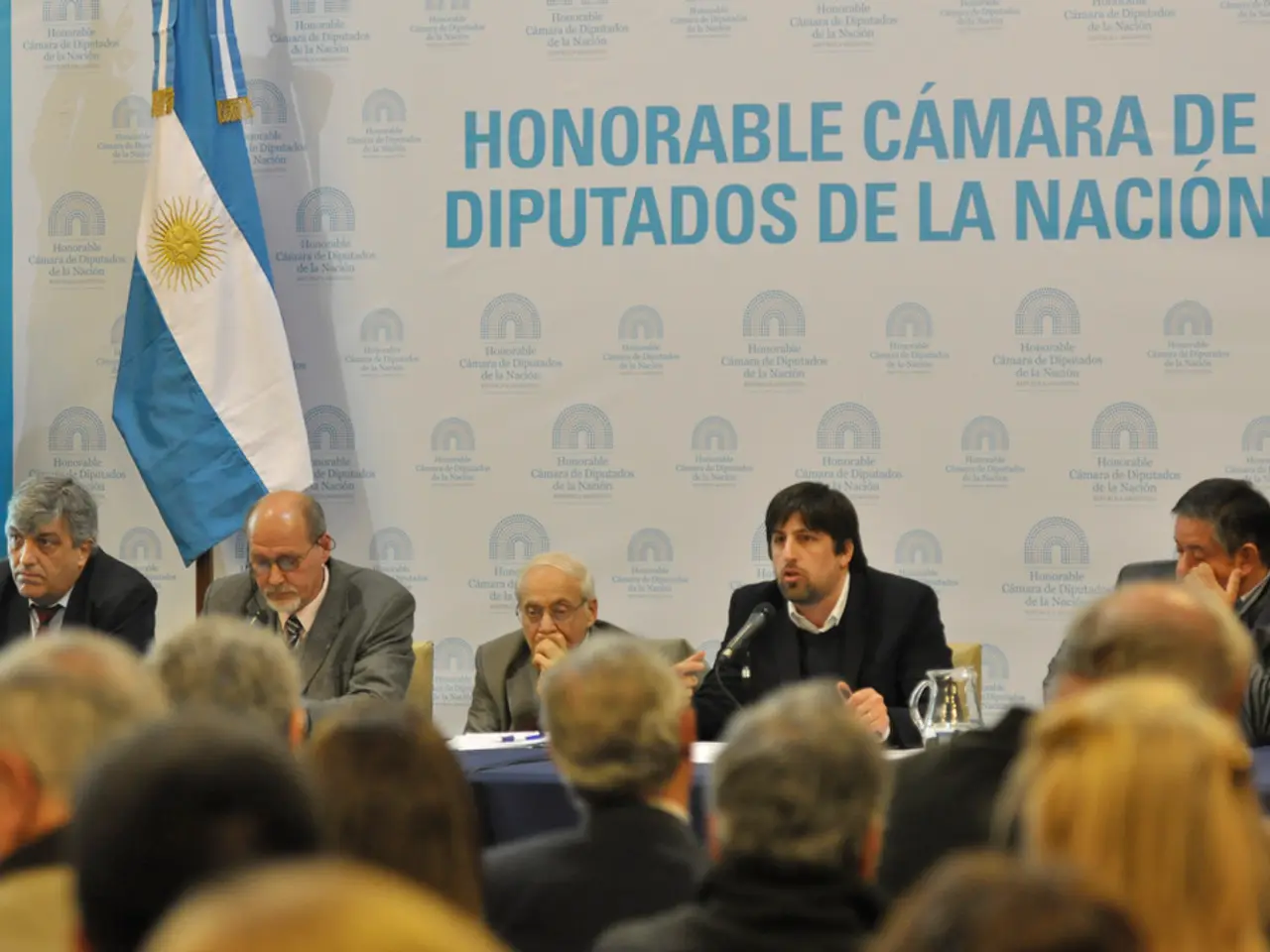Facing pressure from US tariffs, India considers its available responses
India's national security adviser, Ajit Doval, met with Vladimir Putin in Moscow, and the dates for a visit by the Russian president to India are "almost finalised". Amidst this diplomatic exchange, India is facing economic pressure from the United States, which has given India a three-week ultimatum to stop purchasing Russian oil or face increased tariffs.
The Trump administration sees India as a key partner with like-minded interests when it comes to China. However, India's current strategy to address the potential U.S. tariffs on Russian oil imports is grounded in maintaining its energy security and economic interests. The Indian government has indicated it will resist U.S. demands to stop importing Russian crude oil.
The U.S. tariffs, announced under Executive Orders by President Trump in August 2025, impose an initial 25% tariff effective August 7, then an additional 25% tariff effective August 27, totaling a 50% tariff on certain Indian imports. These tariffs aim to pressure India to cease Russian oil imports to weaken Russia’s economy amid the Ukraine conflict.
If India completely stops importing Russian crude, the State Bank of India projects that India’s oil import bill could increase by around $9 billion in the current fiscal year and up to $11.7 billion in the following year, leading to higher production costs and inflationary pressure. This increase in fuel costs could reduce the competitiveness of Indian exports, potentially risking up to $87 billion in U.S. exports to India if trade relations deteriorate further. The tariffs could also accelerate inflation and widen India's trade deficit, challenging economic growth amid global uncertainties.
India's stance prioritizes energy security amid global supply disruptions and discounted Russian oil prices. Indian state refiners have temporarily paused new Russian oil orders following the tariff announcement, but this is likely a strategic pause rather than a permanent halt, with private refiners remaining non-committal publicly on future purchases. This suggests India is seeking to manage diplomatic risks while protecting its economic interests.
The potential economic impact and the U.S. tariffs have sparked strong reactions in India. Urjit Patel, a former central bank governor, said Trump's threats were India's "worst fears". The Federation of Indian Export Organisations warned that the cost of additional US tariffs could make many businesses "not viable". New Delhi has called Washington's move "unfair, unjustified and unreasonable".
India's refusal to yield to U.S. demands reflects its long-standing policy of strategic autonomy, resisting alignment with any one global power bloc. This may strain relations with the U.S. but solidify India's independent foreign policy stance. The U.S. sanctions could push India closer to Russia for energy needs, potentially complicating its ties with Western countries, including the U.S. and Europe, which support sanctions against Russia.
However, India may seek to balance this by pursuing diversified trade and diplomatic relations with other partners to mitigate the impact of U.S. tariffs. Retired diplomat Akbaruddin suggests that New Delhi can be "smartly flexible", which could mean "buying more US oil if it's priced competitively, or engaging Russia on the ceasefire issue".
In summary, India is balancing its strategic autonomy and energy security against significant economic and diplomatic pressures from the U.S. tariff regime, which could raise import costs and disrupt trade but India appears prepared to absorb these challenges rather than surrender its current energy sourcing strategy. India must stand firm and put its national interest first, as suggested by The Indian Express newspaper.
Meanwhile, India's diplomatic efforts extend beyond the U.S. and Russia. Modi has called Brazilian President Luiz Inacio Lula da Silva and agreed on the need to "defend multilateralism". Modi might visit China in late August, which would be his first visit since 2018, amidst the ongoing competition for strategic influence across South Asia.
- The Indian government's strategy to address the U.S. tariffs on Russian oil imports is based on maintaining both energy security and economic interests, an issue also of great importance in the realm of general-news and business.
- Urjit Patel, a former central bank governor in India, expressed his concern about the potential economic impact of U.S. tariffs on businesses, which could make many of them "not viable", a view also shared in the opinion section of news outlets.
- As India faces diplomatic and economic pressure from the U.S. and Russia, its foreign policy stance remains rooted in strategic autonomy, a cultural value that could influence political decisions and international relations.





